Baisha Anicent Town – Ticket, Opening Hours, Location, and Highlights
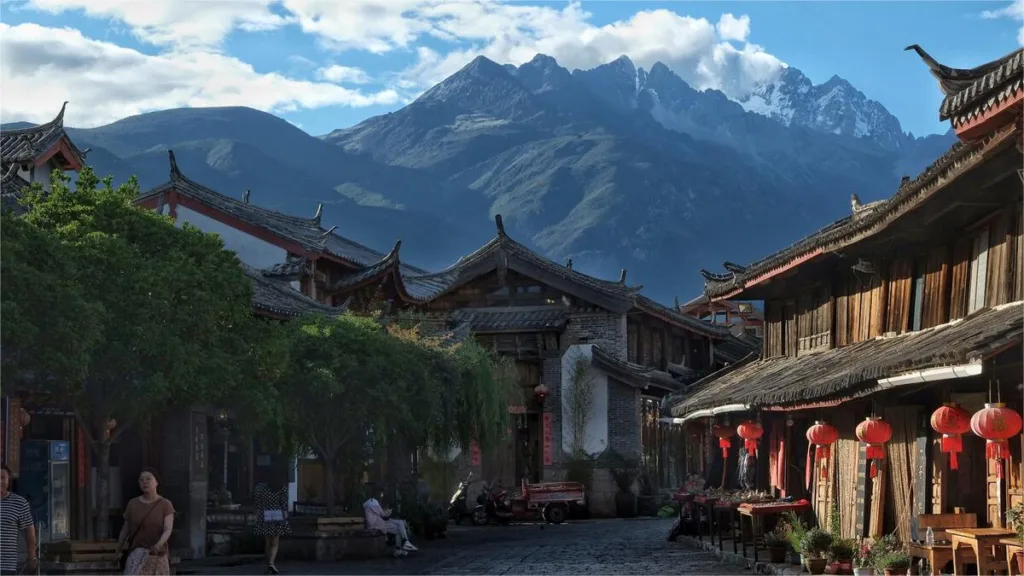
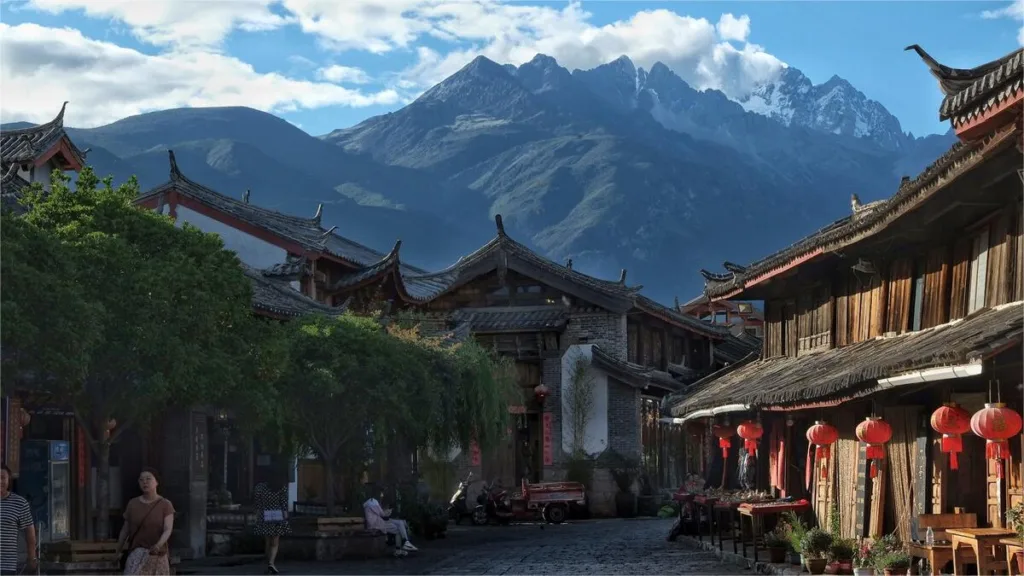
Nestled in the heart of Lijiang, Baisha Ancient Town (白沙古镇) emerges as a historical gem, once serving as the political, economic, and cultural nucleus of the region. It stands as the initial settlement of the Naxi people in the Lijiang Valley and the birthplace of the ruling power of the Mu family, the hereditary rulers of the Lijiang chieftain system. Dating back to the Tang Dynasty, when the King of Nanzhao designated the Jade Dragon Snow Mountain as the “Northern Sacred Mountain,” the ancestors of the Mu family, then rulers of Lijiang, began constructing Baisha Street and the Beiyue Temple in this area.
Baisha Ancient Town thrived commercially and artistically, boasting over 150 copper workshops before liberation. These workshops crafted a variety of copperware, including copper pots, kettles, basins, ladles, and oil lamps, catering primarily to the needs of Tibetan and surrounding ethnic minorities. However, due to historical circumstances post-liberation, only one copper workshop remains in operation on Baisha Street today.
Preserving its original Naxi culture, Baisha Ancient Town has resisted excessive commercialization, offering a serene contrast to the bustling streets of Dayan and Shuhe, while providing uninterrupted views of the majestic Jade Dragon Snow Mountain.
Inhoudsopgave
- Basisinformatie
- Locatie en vervoer
- Highlights of Baisha Anicent Town
- Vlog about Baisha Ancient Town
- Andere bezienswaardigheden in Lijiang
Basisinformatie
| Geschatte lengte van de tour | 2 - 3 uur |
| Ticket Prijs | Gratis |
| Openingstijden | 24 uur per dag, het hele jaar door |
| Telefoonnummer | 0086-0888-5142120 |
Locatie en vervoer
Baisha Ancient Town is nestled approximately 10 kilometers north of Lijiang City in Yunnan Province, China. Situated between the majestic Yulong Snow Mountain to the north and the picturesque Longquan to the south, with the scenic Zhishan Mountain to the west, this historic town enjoys a stunning natural setting surrounded by breathtaking landscapes.
To reach Baisha Ancient Town, you can take the No. 6 bus from Xiangshan Market (象山市场) or the north gate of Shuhe Ancient Town (束河古镇北门) and get off at the “Baisha (白沙)” stop. Alternatively, you can cycle from Dayan Ancient Town to Baisha, enjoying scenic views along the approximately 12-kilometer route. Another option is to cycle northward from the north gate of Shuhe Ancient Town for about three kilometers, passing through beautiful landscapes including snow-capped mountains, rural fields, and villages along the way.
Highlights of Baisha Anicent Town
Baisha Murals

Baisha Ancient Town boasts a cultural treasure trove, with its main highlight being the Baisha Murals. Consisting of 55 murals dating back to the Ming and Qing dynasties, these artworks showcase a fusion of styles from Tibetan Buddhist paintings, characterized by their flowing and vibrant aesthetics. Housed in the Dabaoji Palace, Liuli Hall, Dadinge Pavilion, and Dajue Palace, these murals offer a glimpse into the rich religious and artistic heritage of the region. During the Ming Dynasty, when the Mu family chieftains of Lijiang were at the height of their power, the town flourished economically and politically, leading to the construction of magnificent architectural complexes. Among these, the murals in the Dabaoji Palace stand out as the largest in scale, with 12 murals depicting 167 figures, created during the Wanli era of the Ming Dynasty. What makes these murals unique is their depiction of figures from different religious traditions, including Han Buddhism, Taoism, and Tibetan Buddhism, a rare example of religious pluralism depicted within a single artwork.
Sifang Street

At the heart of Baisha Ancient Town lies Sifang Street, once a bustling hub of trade and commerce. When the Naxi ancestors later established Shuhe Ancient Town and Lijiang Old Town, they drew inspiration from the layout of Baisha Ancient Town, making the town center a focal point for commercial activities and naming it Sifang Street, which means “connecting all directions, symbolizing the convergence of powers.” Unlike the more well-developed layouts of Shuhe Ancient Town and Lijiang Dayan Ancient Town, Sifang Street in Baisha Ancient Town retains a more rustic and authentic charm. Today, it remains a prominent marketplace where local grandmothers sell fresh produce, surrounded by the quaint scenery of traditional Naxi attire. In the past, the elderly residents of Baisha Ancient Town were not fond of being photographed, but now, with the increase in tourists, they have become accustomed to it. However, visitors should be prepared to offer a small tip if they wish to take photos of the local residents.
Oude architecturen

Baisha Ancient Town boasts a wealth of architectural treasures that offer glimpses into its rich history. Just 200 meters west of Sifang Street lies the imposing Dashi Bridge, the oldest stone bridge in Lijiang. Serving as a vital link between Baisha Ancient Town and Yanjiao Village, this bridge has been a crucial thoroughfare along the ancient Tea Horse Road, connecting traders and travelers for centuries. On the southern side of Sifang Street stands a two-story pavilion adorned with a plaque proclaiming “Baisha: Capital of the Ancient Naxi Kingdom, a World Cultural Heritage Site (世界文化遗产纳西古王国之都-白沙).” Beyond this pavilion lies a tranquil enclave of traditional Naxi dwellings, where life has unfolded peacefully for over a millennium. Here, amidst the rustic charm of the village, time seems to stand still, offering visitors a serene retreat from the hustle and bustle of modern life.
Vlog about Baisha Ancient Town
Andere bezienswaardigheden in Lijiang
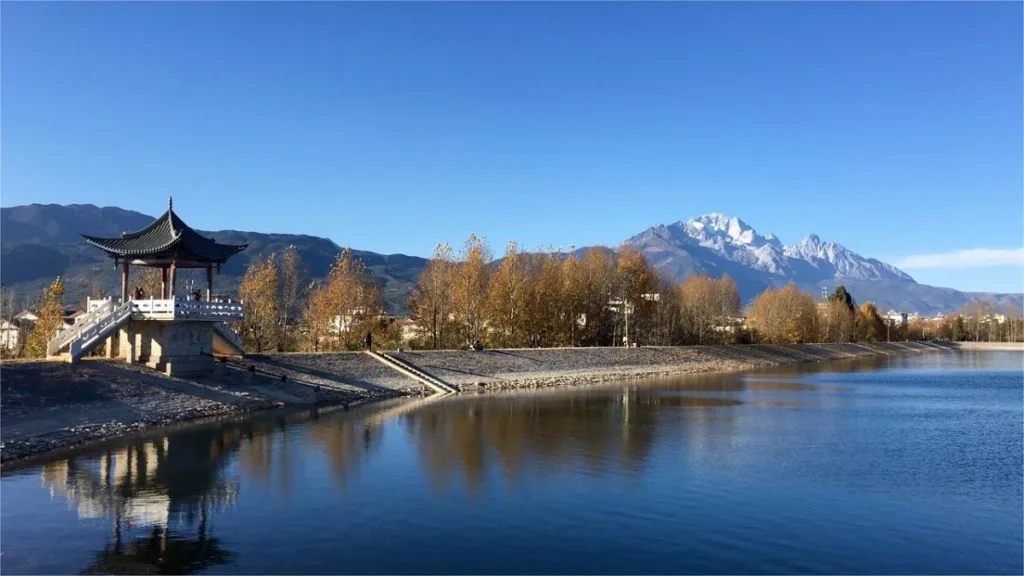
Lijiang Qingxi Reservoir
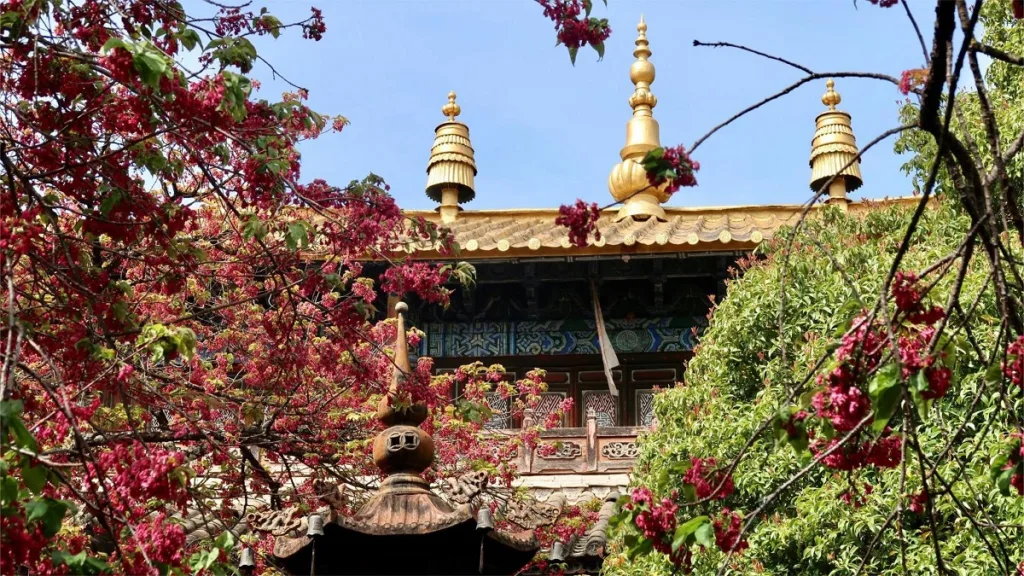
Puji Tempel
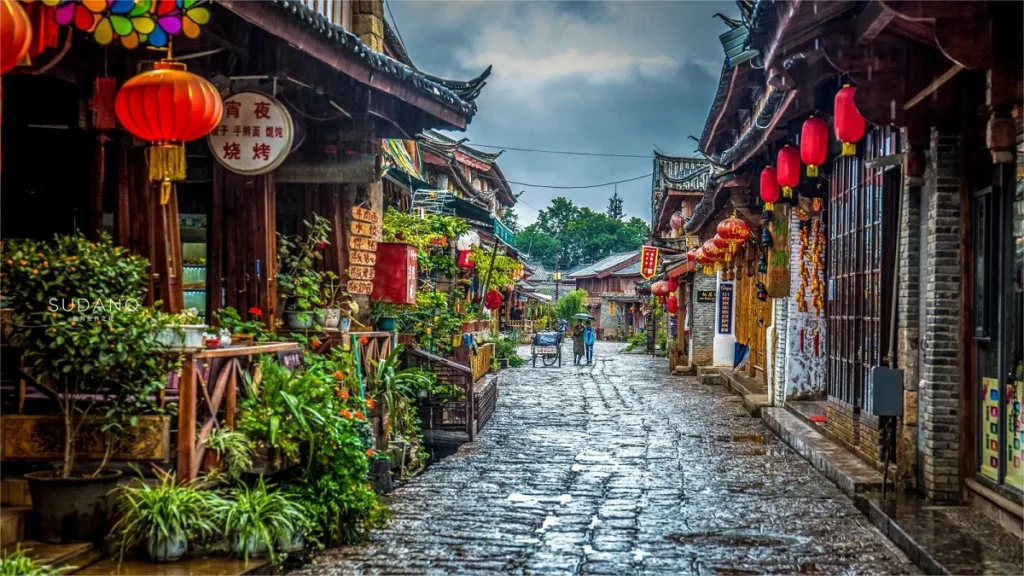
Shuhe Oude Stad

Lijiang Romantisch Park
Attracties in Lijiang, Historische plaatsen in Yunnan